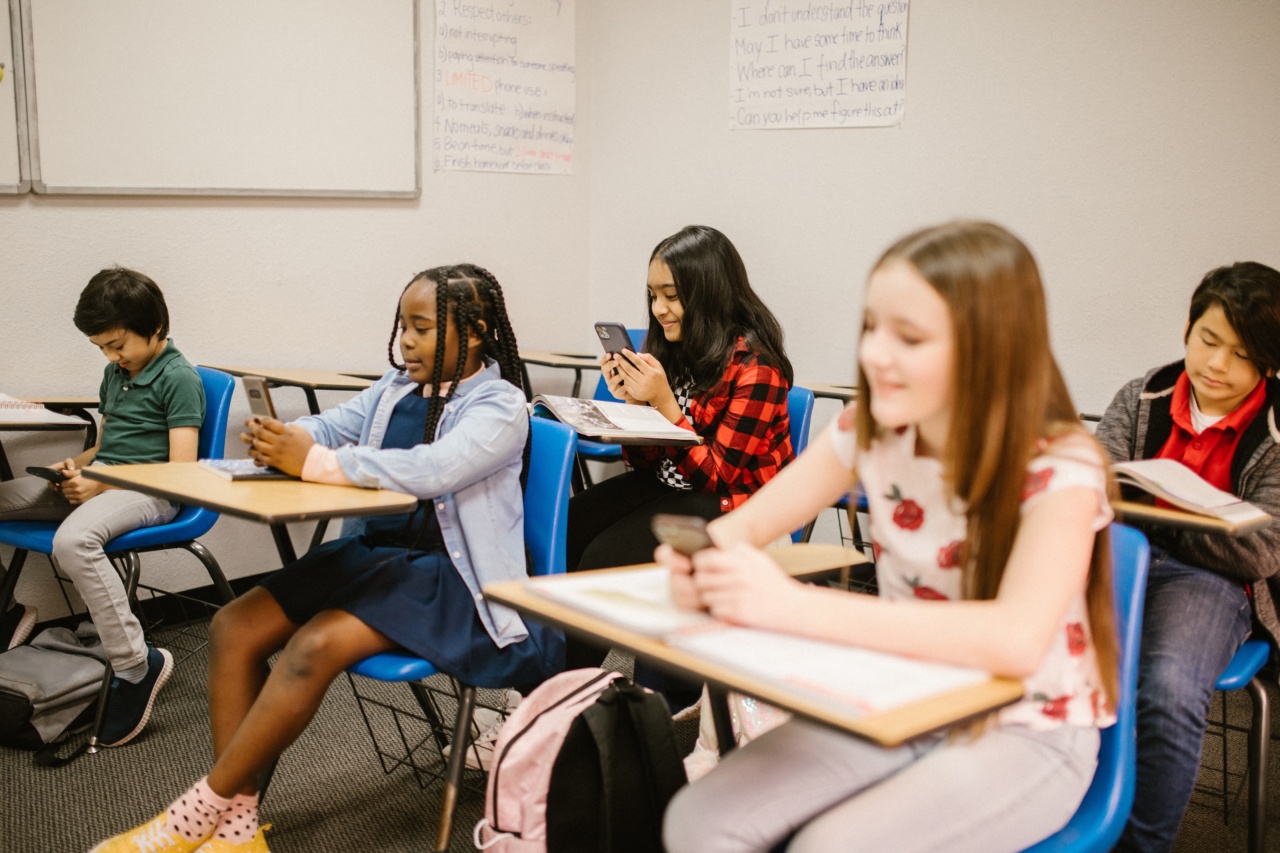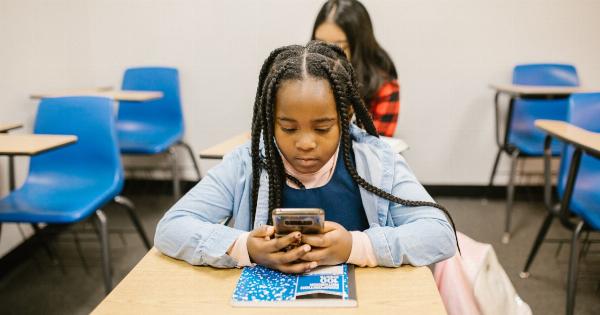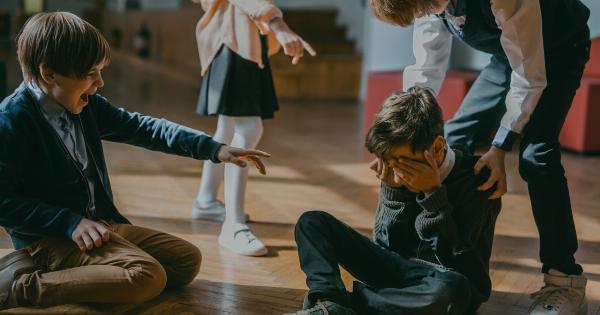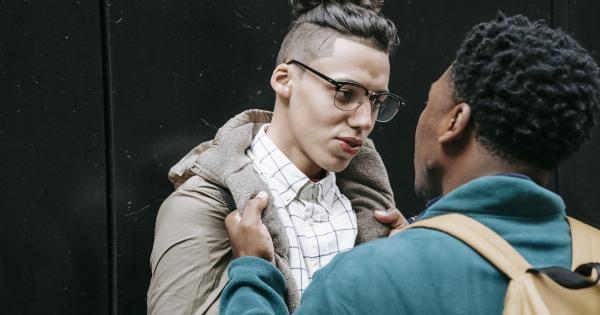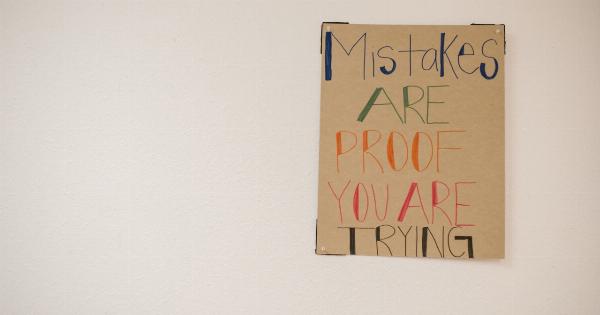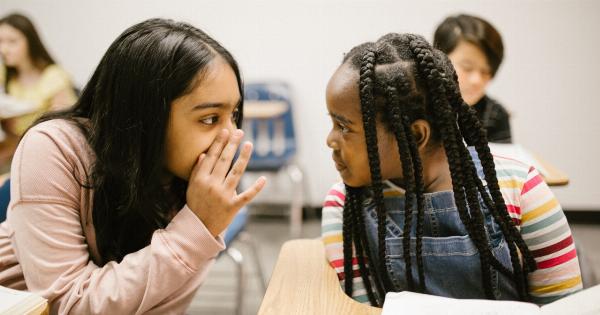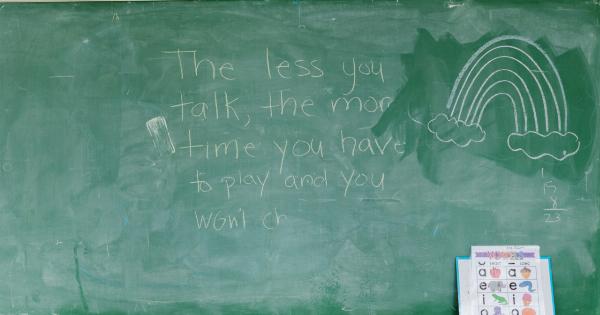Bullying is a serious problem that has a negative impact on the lives of millions of people each year. It is essential for students, parents, and educators to take a proactive approach to prevent bullying and protect those who are victims of bullying.
In this guide, we will discuss what bullying is, the different types of bullying, how to stop bullying, and what parents and students can do to prevent it from happening.
What is Bullying?
Bullying is defined as aggressive behavior that is intentional, repeated, and involves an imbalance of power. This behavior can take many forms, including physical aggression, verbal abuse, social exclusion or use of economic power.
Bullying includes a range of behaviors aimed at intimidating, harassing, or harming someone. Though bullies seek to dominate and control their victims, sometimes, they bully because they are dealing with their problems and are seeking a way to feel powerful in their own way.
Types of Bullying
Bullying can take many different forms, including:.
- Physical Bullying- hitting, pushing, tripping, and other forms of physical contact that are intended to cause harm to the victim.
- Verbal Bullying- name-calling, teasing, and taunting, or any form of speech that is intended to make the victim feel bad about themselves.
- Psychological Bullying- harassment, intimidation, threats, or any action that is intended to control and manipulate the victim.
- Cyberbullying- using technology to harass or intimidate other people.
- Sexual Bullying- this is a form of bullying that may involve sexual harassment, touching, or unwanted contact.
How to Stop Bullying
Stopping bullying requires the involvement of parents, students, educators, and community members. Everyone has a responsibility to create a safe environment and promote positive behaviors. Here are some steps that can be taken to stop bullying:.
- Speak up- If you see someone being bullied or you are being bullied, speak up and tell someone. Report it to a teacher, counselor, or administrator.
- Stand up for the victim – If you see someone being bullied, take a stand for them. Show support, encourage the victim to talk about it and offer assistance.
- Encourage positive behavior- Create an environment that promotes positive behaviors, acceptance, and kindness towards each other.
- Educate Yourself- Learn about bullying and its effects. This will help you to recognize it when it happens and help to combat it.
- Seek professional Help- If you or someone you know is a victim of bullying, it is important to seek professional help to get the support you need.
What Parents Can Do to prevent bullying
Parents play a critical role in preventing bullying. Here’s what parents can do to prevent bullying:.
- Connect with your children- Make it a priority to connect with your children daily. Listen to their stories and be their source of support.
- Model positive behavior – Set the example for your children by being kind, respectful, and supportive towards others.
- Encourage healthy communication – Teach your children to communicate in healthy ways, and encourage them to speak up when they see bullying happening.
- Monitor your child’s digital activity – Keep an eye on your child’s online activity to ensure they are not being bullied or engaging in bullying online.
- Get involved in your child’s school- Attend school events, get to know the teachers, and participate in school activities.
What Students Can Do to Prevent Bullying
Students also play an important role in preventing bullying. Here’s what students can do to prevent bullying:.
- Be kind to everyone – Treat everyone with respect, kindness, and acceptance.
- Don’t be a bully – Do not engage in bullying behavior towards others. If you are angry or frustrated, find healthy outlets for your feelings.
- Speak up against bullying – If you see someone bullying someone else, say something. Speak up and encourage others to do the same.
- Be a friend – Make an effort to befriend someone who is new to school or who may be feeling left out.
- Involve an adult – If you or someone you know is being bullied, involve an adult you trust. Don’t hesitate to report it immediately.
The Takeaway
Bullying is a real problem that can have serious consequences.
It is essential for parents, students, educators, and community members to come together to create a safe and healthy environment that promotes positive behavior and protects individuals from harm. Everyone has a role to play in preventing bullying and providing support for those who are affected by it. By working together, we can stop bullying and create a world where everyone feels safe and accepted for who they are.
